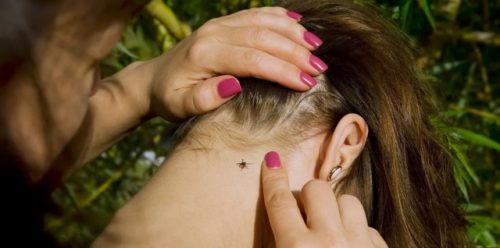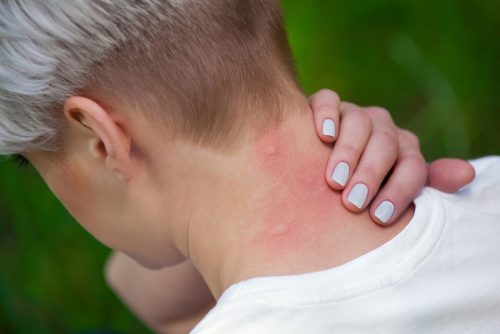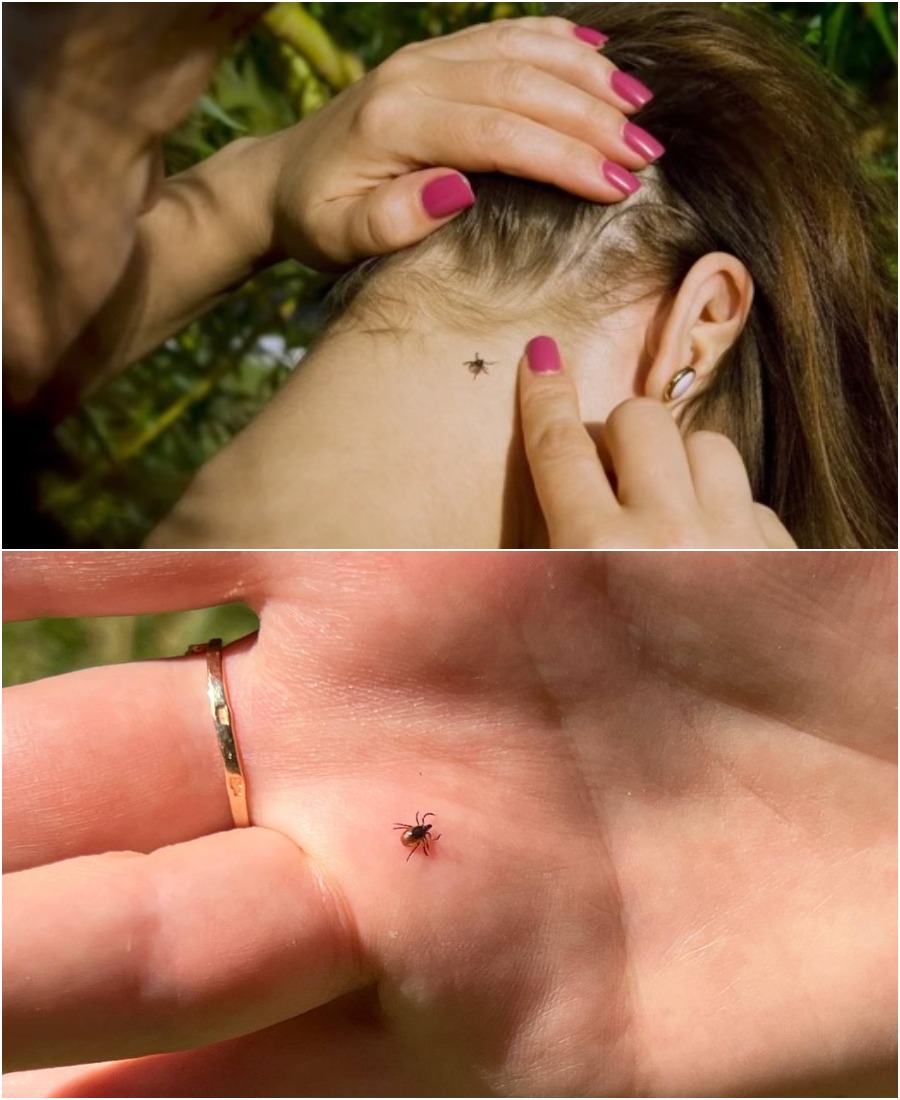Ticks are frequent visitors to grassy and shrubby areas. Their bite may go unnoticed, and the consequences become obvious only after the parasite has established itself on the skin.
Among the diseases transmitted by ticks, the most common are encephalitis, hemorrhagic fever and borreliosis, which pose a serious threat to human health.
Let’s look at how to avoid tick bites.

Start of tick activity
Tick season begins when the snow melts and the air temperature stabilizes around +10 degrees Celsius. This time requires increased attention from lovers of nature walks. Note that not all ticks are carriers of diseases, but infected individuals are found among them.
The active period of ticks lasts from April to September, with their peak activity occurring in May. In August-September there is a second wave of activity associated with mushroom picking.
The influence of clothing color on the risk of tick bites
To prevent bites, it is recommended to wear light-colored clothing that completely covers the body, including a hat and high shoes. However, wearing light-colored clothing does not guarantee the absence of bites, but against such a background it is easier to notice dark ticks.
The style of clothing is not so important as its practicality and protective properties. It is also important to use repellents as directed, although they do not provide complete protection.
Inspection after returning from a walk
Ticks move up the body, from the legs to the head. They may hide in clothing or hair before launching a bite. Regular checking for ticks, especially after walks in nature, will help avoid problems.
Ticks most often hide in places with thin skin:
- under the knees;
- in the bends of the elbows;
- in the groin;
- behind the ears;
- on the head;
- on the neck;
- on the stomach;
- in the armpits.
It is important not to bring things into the house from outside where ticks may be hiding, and to thoroughly check pets after walks.

Actions to take if a tick bite is detected
If a tick does bite, you must remain calm and try to remove it correctly using tweezers or thread. It is important to seek medical help as soon as possible, especially if you have not been vaccinated against encephalitis. It is advisable to submit a detected tick for analysis to determine the presence of infection.
The presence of a tick bite may indicate infection with infectious diseases, which requires immediate medical attention.
If there is a suspicion of a bite
If there is only a suspicion of a tick bite, it is important to carefully monitor your condition. Sometimes ticks can quickly get enough and fall off, leaving only a small mark or completely unnoticed by humans. This is especially true for nymphs – the young stages of ticks, the size of which can be quite small.

see next Page

